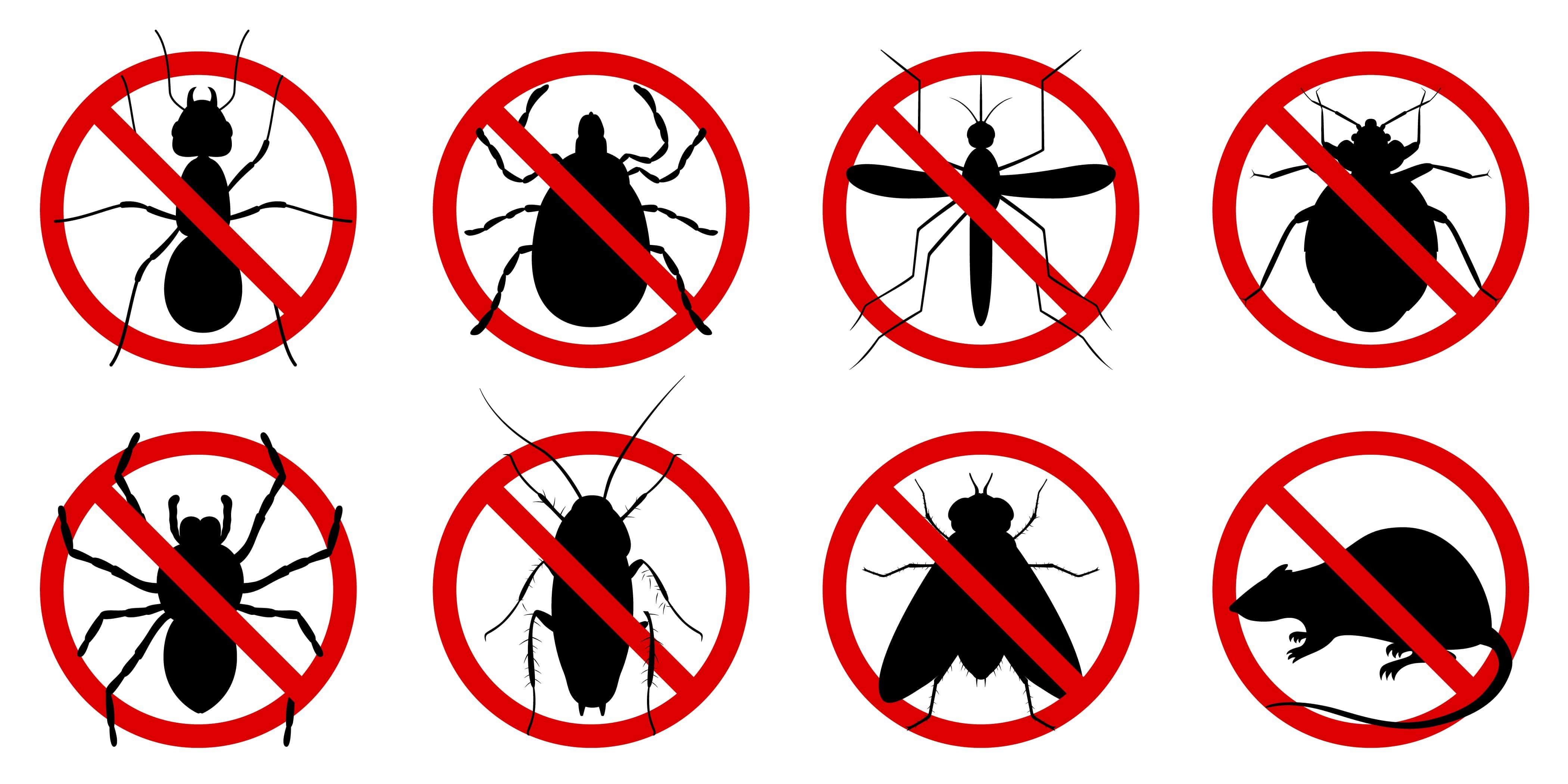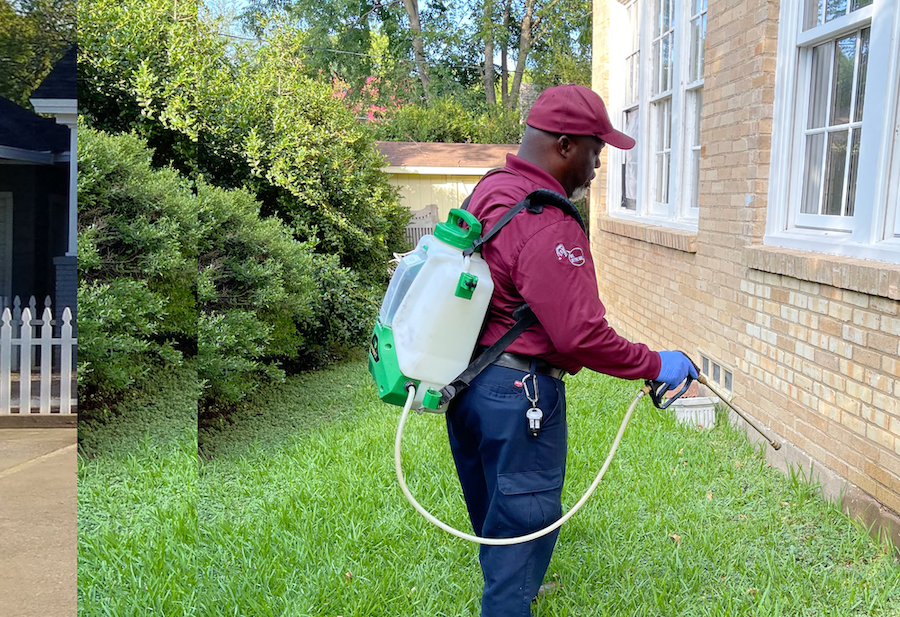comprehending the advantages and disadvantages of varied pest control management skills
Pest control management is actually a critical aspect of keeping healthy and successful situations, whether it is in farming options, residential areas, or commercial companies. Utilizing the abundance of pests together with possible harm they are able to result in, it gets necessary to explore different pest control management methods. However, not absolutely all methods are made equivalent, and comprehending the pluses and minuses of various strategies is vital to producing informed choices. From chemical aerosols to biological control, actual barriers to barriers and baits, therefore the holistic strategy of incorporated bug control, each strategy includes a unique collection of benefits and limits. In this conversation, we're going to check out these strategies, evaluating their effectiveness, risks, ecological effect, and prospective disadvantages, while we make an effort to grasp a comprehensive knowledge of pest control methods.
Chemical Sprays: Effectiveness, Dangers, and Ecological Impact
Chemical sprays, though commonly used for pest control, call for a consideration of the effectiveness, threats, and environmental impact. About effectiveness, chemical aerosols may be very efficient in reducing bugs. They consist of ingredients that target particular bugs, disrupting their unique existence rounds and finally eradicating them. These aerosols provides a quick and quick means to fix pest infestations, which makes them a popular choice for a lot of property owners and organizations.
However, it is important to accept the risks connected with substance aerosols. The chemical substances included in these aerosols can be harmful to both pests and people alike. Direct subjection to these chemicals can result in epidermis problems, breathing dilemmas, and even more serious health problems if consumed. In addition, the overuse or abuse of chemical sprays can result in the development of pesticide opposition among pests, leading them to more difficult to regulate over time.
Plus, environmentally friendly impact of chemical sprays are not dismissed. These sprays can contaminate soil, h2o options, plus the air we inhale. They're able to damage effective insects, birds, and various other wildlife, disrupting organic ecosystems. Additionally, the build-up of pesticide deposits inside the atmosphere can have long-lasting impacts regarding as a whole biodiversity and ecological stability.
Biological Regulation: Good And Bad Points of employing All-natural Predators
Utilizing all-natural predators as a type of biological control offers both advantages and disadvantages in bug management tricks. One of the primary benefits is that it is an environmentally friendly approach. Organic predators, for example ladybugs, lacewings, and parasitic wasps, feast upon bugs, decreasing their own communities naturally with no chemical pesticides. It will help to keep up the environmental stability and conserves biodiversity for the ecosystem.
Another advantage of employing organic predators is that they can target certain pests. Unlike substance sprays that could damage effective bugs, normal predators have the ability to find and prey on certain pest species. Pest control near me. This targeted strategy can properly get a grip on bug populations without causing problems for various other bacteria inside the ecosystem
However, there are additionally negatives to relying on all-natural predators for pest control management. One constraint is the fact that it might take longer to see outcomes versus chemical practices. Normal predators need time for you find and set up by themselves in the area, as well as their effectiveness can vary based elements particularly temperature and availability of victim.

Physical Barriers: Advantages and Limitations of utilizing Nets and walls
Physical obstacles, particularly nets and walls, provide a number of strengths and limitations in bug control strategies. These real barriers are generally used to prevent pests from opening crops, gardens, or other areas where they could cause harm. One of the main benefits of using nets and fences is their efficiency in order to keep insects out. By producing a physical barrier, they may be able efficiently prevent the entry of bugs, like bugs, birds, or small mammals. This will probably considerably lower the damage as a result of pests and help keep up with the top quality and give of vegetation. Furthermore, nets and fences are environmentally friendly and do not involve the application of substance pesticides or herbicides, which makes them a safer choice for both humans therefore the planet.
But additionally limitations to making use of nets and walls for pest control. One limitation is the price of installing and keeping these physical obstacles. With respect to the view it now sized the location to be secured, the cost of components and work could be considerable. Another constraint is the fact that nets and walls might not be successful against all types of pests. Some pests, such as for instance burrowing creatures or flying pests, may find methods to sidestep or conquer these obstacles. In addition, nets and fences may also restrict ventilation and sunshine, that might have undesireable effects throughout the development and growth of plant life.
Barriers and Baits: Recognizing Their Particular Efficiency and Potential Downsides
Barriers and baits perform a vital role in pest control management methods, supplying a powerful method of shooting and doing away with insects while reducing dependence on chemical pesticides or herbicides (Pest control near me). These practices are commonly used for controlling rats, insects, as well as explanation other unwelcome pests. Traps are designed to literally record pests, preventing all of them from triggering additional harm or spreading illnesses. Baits, on the other hand, are materials that attract pests and generally are frequently laced with dangerous chemicals to destroy all of them
Barriers can be found in numerous forms, such as snap traps, glue barriers, and real time barriers. Breeze traps tend to be commonly used for catching rodents, while glue barriers are effective for trapping insects. Real time traps tend to be civilized solutions that allow for all the capture and moving of bugs without hurting all of them. Baits, in contrast, are typically manufactured from food or other attractive substances that entice insects to eat all of them. These baits tend to be combined with pesticides or herbicides or toxins that eliminate the pests.
One of the primary advantages of traps and baits is the targeted method, focusing on certain bug types while reducing damage to non-target organisms in addition to planet. They also supply a non-chemical alternative for pest control, decreasing the threats associated with chemical pesticide usage. However, like most pest control management strategy, traps and baits have their unique drawbacks. They might maybe not totally do away with pest populations, needing continuous monitoring and upkeep. Additionally, the effectiveness of barriers and baits may differ with regards to the pest species, their unique behavior, and the ecological conditions. Cautious position and typical examination are site important for optimum outcomes.
incorporated Pest administration: Benefits and Challenges of a Holistic Approach
The holistic method of Integrated Pest Management (IPM) provides various advantages and presents special difficulties in neuro-scientific pest control management. IPM centers on the prevention, tracking, and power over insects through a mixture of techniques that minimize making use of pesticides. One of the main features of IPM is actually its environmental friendliness. Through the use of alternate practices for example biological control, cultural methods, and environment manipulation, IPM decreases the reliance on chemical pesticides, generating a safer and better ecosystem for individuals and animals. Moreover, IPM encourages lasting pest management solutions, because emphasizes the necessity of recognizing bug behavior and ecology. This knowledge enables targeted treatments that tackle the source factors behind bug infestations, without merely treating signs or symptoms. However, applying IPM can be tough. It takes an extensive comprehension of bug biology, along with the capacity to accurately monitor and recognize insects. In addition, IPM typically requires an important expense of time and sources, since it requires standard monitoring and utilization of several strategies. Nonetheless, the key benefits of IPM, including decreased pesticide utilize and lasting pest control, enable it to be a very important approach in the area of bug management.
Summation
